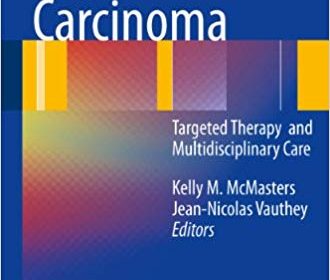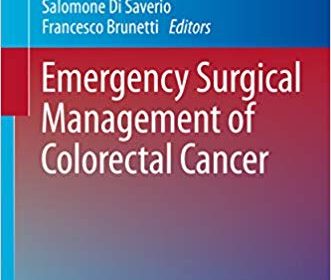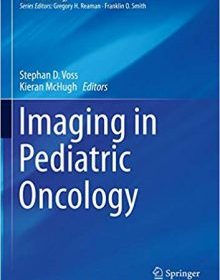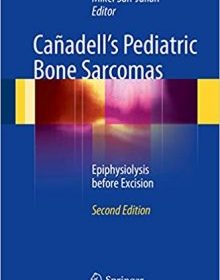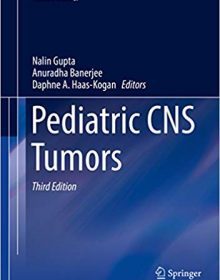Active Surveillance for Localized Prostate Cancer: A New Paradigm for Clinical Management

Active Surveillance for Localized Prostate Cancer: A New Paradigm for Clinical Management
Active Surveillance for Localized Prostate Cancer: A New Paradigm for Clinical Management will serve as a useful resource for physicians dealing with, and interested in, this complex and evolving branch of prostate cancer management. The book will also be of interest to scientifically literate patients and their families. The volume provides an introduction to the concept of active surveillance in oncology in general and prostate cancer specifically. The primary focus is to provide a comprehensive guide to the management of patients on surveillance. The volume covers the many complexities and nuances to this approach including, patient selection, risk assessment, how to overcome ‘cancer hysteria’ when counseling patients, identifying appropriate triggers for intervention, use of PSA kinetics and MR imaging information, technique and frequency of biopsies, secondary prevention interventions, and the relative roles of surveillance and focal therapy.



